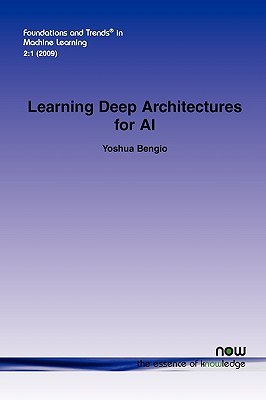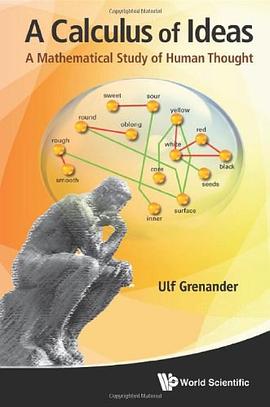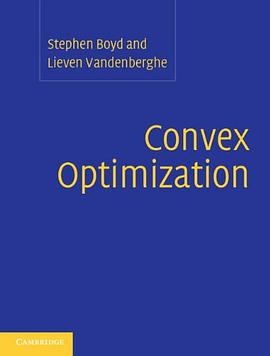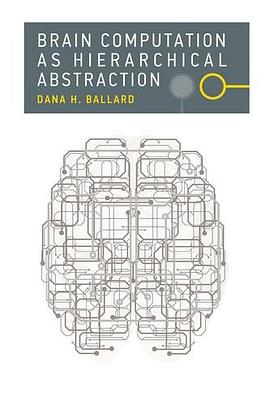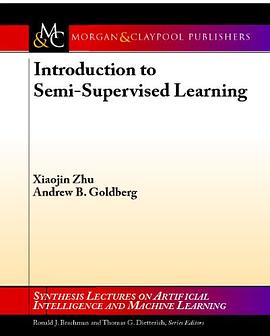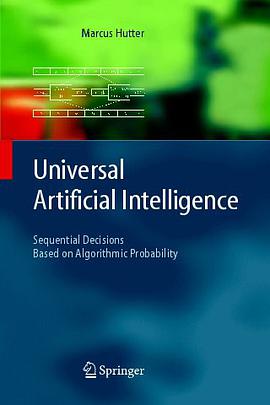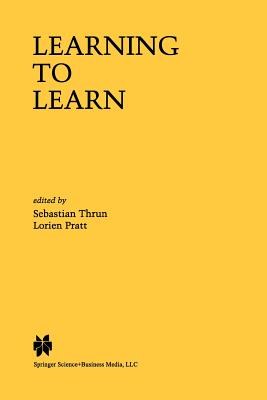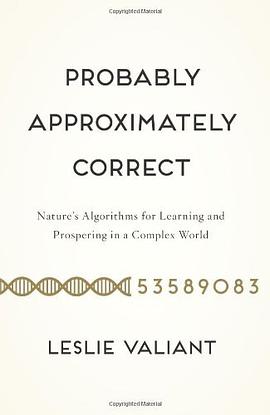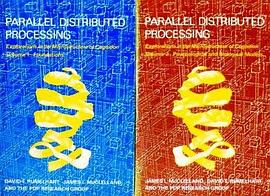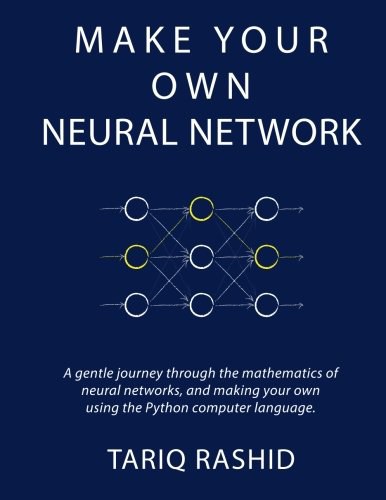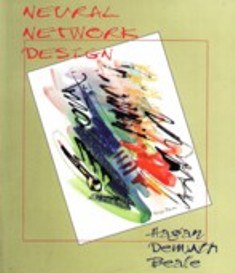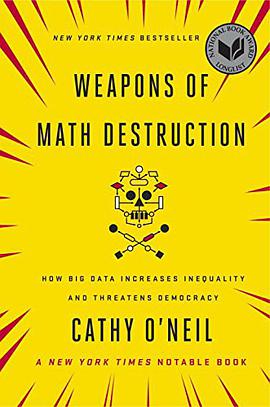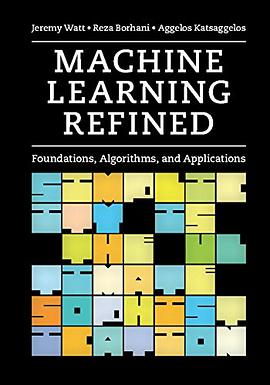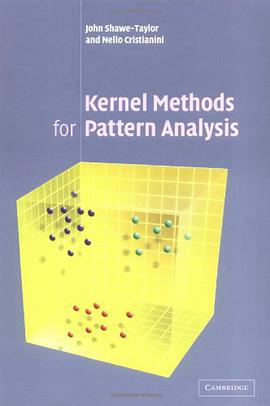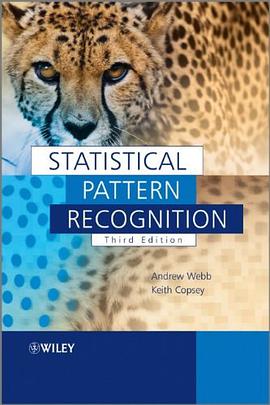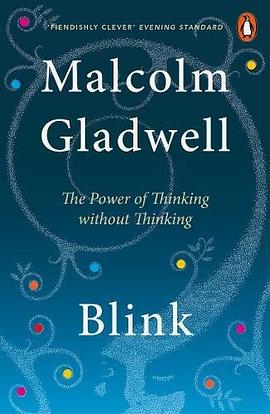Learning Deep Architectures for AI 豆瓣
作者:
Yoshua Bengio
Theoretical results suggest that in order to learn the kind of complicated
functions that can represent high-level abstractions (e.g., in
vision, language, and other AI-level tasks), one may need deep architectures.
Deep architectures are composed of multiple levels of non-linear
operations, such as in neural nets with many hidden layers or in complicated
propositional formulae re-using many sub-formulae. Searching
the parameter space of deep architectures is a difficult task, but learning
algorithms such as those for Deep Belief Networks have recently been
proposed to tackle this problem with notable success, beating the stateof-
the-art in certain areas. This monograph discusses the motivations
and principles regarding learning algorithms for deep architectures, in
particular those exploiting as building blocks unsupervised learning of
single-layer models such as Restricted Boltzmann Machines, used to
construct deeper models such as Deep Belief Networks.
functions that can represent high-level abstractions (e.g., in
vision, language, and other AI-level tasks), one may need deep architectures.
Deep architectures are composed of multiple levels of non-linear
operations, such as in neural nets with many hidden layers or in complicated
propositional formulae re-using many sub-formulae. Searching
the parameter space of deep architectures is a difficult task, but learning
algorithms such as those for Deep Belief Networks have recently been
proposed to tackle this problem with notable success, beating the stateof-
the-art in certain areas. This monograph discusses the motivations
and principles regarding learning algorithms for deep architectures, in
particular those exploiting as building blocks unsupervised learning of
single-layer models such as Restricted Boltzmann Machines, used to
construct deeper models such as Deep Belief Networks.
